PART ONE: HISTORY OF ZIONISM
“By the rivers of Babylon we sat and wept when we remembered Zion.”
Psalm 137 (597-516 BCE)
I recently gave a talk to a progressive shul group that is struggling with antizionists in their midst. In order to push back they needed to first understand the history of Israel and Zionism. Only then could they realize that so many of us have been deliberately misinformed. That misinformation arises from false narratives and projections which originated in Russia, were continued by the Soviet Union, spread to the Middle East and then back to the West. The Islamic Republic of Iran, the Muslim Brotherhood and their related entities attempt to sever Jewish ties to Israel, vilify Jews as avaricious white colonizers and erase the opprobrium for terrorism targeting Jews.
In this article, I will offer an overview of the history of Israel and surrounding territories from ancient times until the end of the Second World War.
1. Ancient History of a Thriving and then Conquered Kingdom
The idea of Zionism is often ascribed to Herzl. But it started as early as 597 BCE, when the Jews were first expelled from Israel, in the Babylonian conquest of Judea and destruction of the first temple. This pain of separation arose from a 1500 year history of Jewish presence in the kingdoms Israel and Judah, where the culture (Judaism) which evolved was tied to the land. The map above, from 830 BCE shows those two kingdoms, which stretched north into present day Lebanon and included the Golan Heights. Israel also included both the East and West Banks of the Jordan River. The ancient city of Shechem is present-day Nablus.
The enemies of the Jews, the Philistines, controlled the Gaza strip and part of modern day southern Israel, along the Mediterranean coast. Their territory included the port cities of Ashdod and Ashkelon. The Neo-Assyrian Empire had conquered Israel and its capital, Samaria, in 722 BCE; sending the Jews to join their brethren into Judea.
After the Babylonian Conquest of 597 BCE, Jews always remained in Judea albeit in smaller numbers. Seventy years later, after the Persian conquest, Cyrus the Great allowed Jews to return to Judea and rebuild their temple. Jews lived in Judea in large numbers for 600 years, until the Roman conquest and the destruction of the second temple in 70 CE. At that time, over a million Jews were slaughtered and 97,000 were taken to Rome as slaves. The Romans, attempting to sever the tie between Jews and Judea changed the name of the land to Syria-Palestina, renaming Jewish land in honour of their enemies.
Even after the siege of Jerusalem in 70 CE there were always small numbers of Jews remaining in Sfat, Hebron and Tiberius, as well as Jerusalem. After the Roman expulsion and destruction of the Second Temple, rabbinic tradition replaced the agrarian culture of Judaism. But Israel remained central to every Jewish holiday, most prayers and a daily part of Jewish religious life. That is why over 90% of Jews today are Zionists. Israel is an inextricable element of the culture and practice of Judaism.
2. The Middle Ages and a Sparsely Populated Palestine
Many tribes and empires fought over Judea because it sits at the crossroads of 3 continents, Europe, Asia and Africa. Jerusalem and most of Judea were situated in the hills, surrounded by a wall offering a strategic military advantage to its inhabitants. Judea was conquered by Christian crusaders, Mamluk, Muslim colonizers and then the Ottoman and British empires. Although Jerusalem had a brief revival as a Christian pilgrimage site in the 5th and 6th centuries it did not regain its pre Roman vibrancy or population until modern times.
For centuries, Judea endured tribal disputes amongst its Arab Muslim inhabitants. They had migrated to Judea from the Arabian Peninsula during the Muslim Conquest of the 7th century.
Due to repeated capture by distant empires Judea fell into a state of disrepair in the Middle Ages; ultimately becoming a barren land. It mainly consisted of rocky outcrops in the north east, desert in the south and marsh lands along the western coast. According to a 1596 CE Ottoman census, these areas were sparsely populated. It consisted of a few Arab Muslim villages as well as small numbers of Jews and Christians. Nomadic Bedouins lived in the Sinai. Mark Twain, writing in Innocents Abroad, described Palestine in 1867 as desolate and devoid of inhabitants.
When the Scottish clergyman, Alexander Keith, coined the phrase “a land without people for a people without land” in 1843, it wasn’t entirely false. But he definitely missed the whole picture.
3. Early Zionism and Immigration
The ideology of Zionism, in the late 19th century went through many iterations, including mass conversion to Christianity, as Herzl fought to preserve the Jewish people. Living in Vienna he had a front row seat to rising antisemitism. He was not religious and longed to assimilate. In retrospect, he gave the Dreyfus affair credit for his realization that only Jewish self-determination could save Jewish lives. Autonomy for Jews made the most sense in their ancestral homeland where they had already existed for millennia.
The assassination of the reformist and religiously tolerant Czar Alexander II in 1881 kicked off a string of Jewish mass murders through thousands of pogroms throughout the Russian Empire.
The Kishinev pogrom, of 1903, in which 49 Jews were brutally murdered in the Russian Empire (now Moldova) cemented Herzl’s belief. The brutality of that pogrom, with rape, murdered children, torture and mutilation was duplicated in Hebron in 1929, the Farhud of 1941 and on October 7, 2023.
After Czar Alexander II assassination in 1881 and resultant pogroms, Jews started moving to the Ottoman controlled Levant. These were still only a few thousand people. With the help of Jewish philanthropists, like Montefiore and the Rothschilds, they bought up Ottoman land from absentee landlords and the Ottoman Empire itself. The purchases were often made at exorbitant prices and for state owned land, even included bribery. Ottoman landlords were eager to sell to Jews, afraid of increasing taxes to finance the failing empire and impending wars.
Jews first purchased the uncultivated land. Once this source was exhausted, they turned to land cultivated by Arab tenant farmers. Jews wanted to own and work the land themselves, having been denied that ability throughout Russia and Eastern Europe. The Ottoman landlords, now greatly enriched, did nothing to compensate the tenant farmers for their loss, even though some had worked and lived on the land for generations. This caused great resentment and antipathy towards the Jews.
Jewish immigrants to Palestine, unlike their benefactors, were desperately poor refugees. They were viewed as pathetic by their Arab neighbours. To be displaced by these pathetic masses was an insult. Jews had been tolerated for 400 years in the Ottoman Empire but only as second class citizens, dhimmis, not as equals.
The Ottoman Empire finally fell at the end of the First World War, with France and England splitting the Ottoman lands of the Levant.
As Jews worked the land, prosperity dramatically increased. The newly minted British Palestine gave land to Bedouins, who were eager to sell to Jews and enrich themselves. They had been nomadic for centuries and did not see the value of being tied to one area.
The Jewish immigrants to Palestine drained swamps and planted orange orchards in the coastal plains, particularly around Jaffa. These early Zionist pioneers naively expected that many Arabs would want to live together and be grateful for their new shared prosperity. Zionist pioneers in those early days never bought into “the land without people” myth, coined by Christian clergy. They were aware of Arab inhabitants and imagined they would all enjoy equal rights in the newly formed land, a status that Arabs within modern day Israel enjoy today.
Multiple Palestine census reports demonstrate the continuous presence of Jews as well as the rapid immigration of both Jews and Muslims from the 1890s to the Second World War. Note the Jewish decline and Muslim rise during WWI.

Prosperity led to robust migration into the area by local Arabs from Egypt, Lebanon, Syria and Jordan. The latter three countries did not exist as separate entities until the division of land after WWI. They were instead part of the fallen Ottoman Empire. Egypt gained independence from Britain in 1922. France controlled what would become Lebanon, for the Christians and Syria, for the Muslim Arabs.
Britain controlled the British Mandate of Palestine. In 1921, seeking to repay their Arab allies, Britain gifted 78% of the land to the Hashemite kingdom, to become Transjordan, the land for Palestinian Arabs. Unfortunately, the Palestinian Muslims did not gain self-rule. Instead, it became just one more Arab country governed by a king or autocrat. When people today say that there is already a Palestinian country in the Middle East, known as Jordan, this is what they mean. Jordan is 70% Muslim Palestinian, but ruled by a Hashemite king.
Given the danger facing Jews in Soviet Russia and Eastern Europe, Jews continued to stream into the Palestinian mandate.
5. Promise of a Jewish State amidst Arab/ Jewish Conflict
After WWI, the British gained the Ottoman Empire. However, this occurred during the era of rising nation states and declining empires. Nonetheless, the British were open to creating a Jewish state in their ancestral homeland, leading to the Balfour Declaration of 1917. While Jews made up 1% of the Ottoman population at the time, they were offered less than 0.15% of the land, but readily accepted that plan.
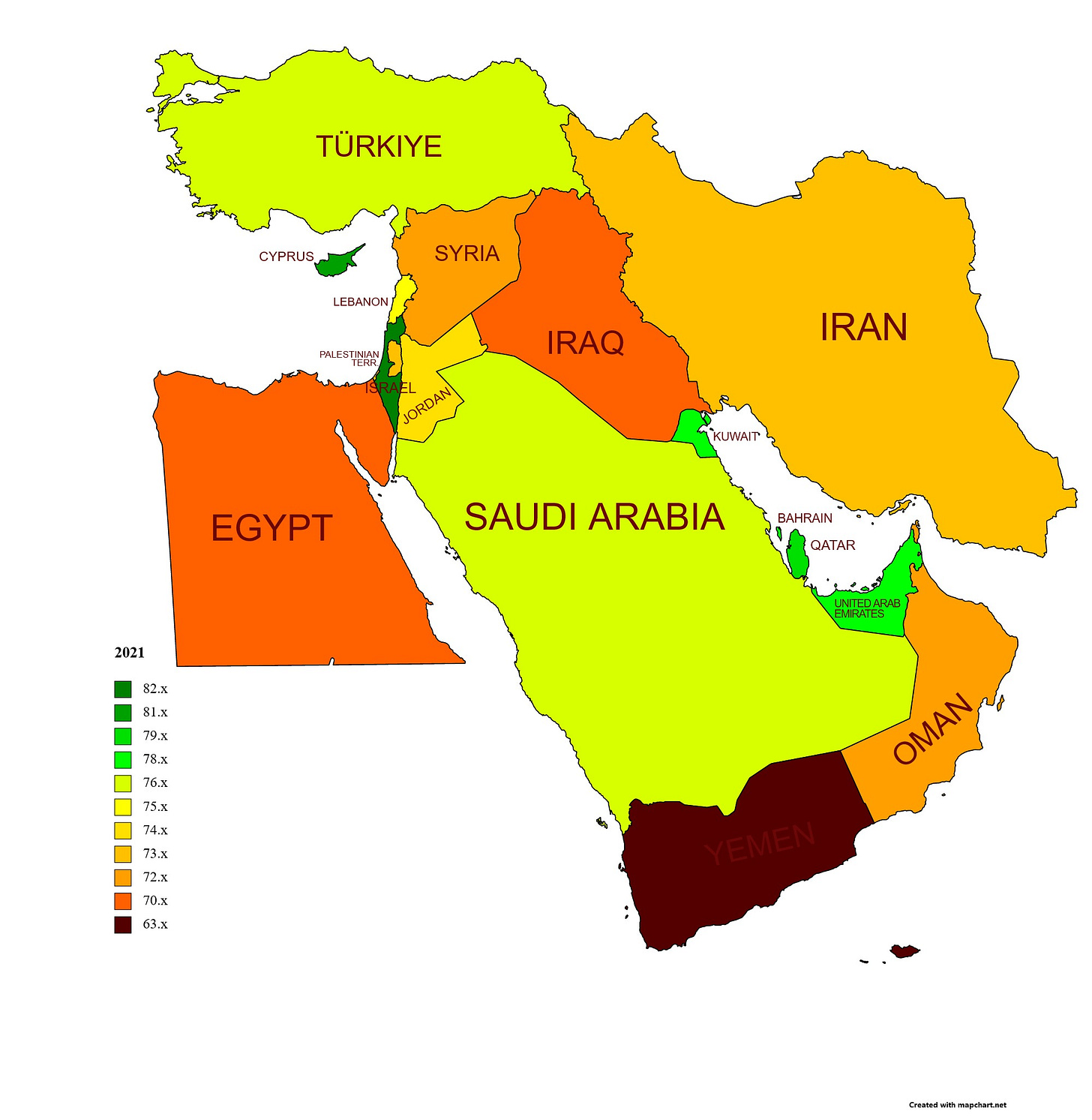
While the British ruled Palestine, it became increasingly clear that Arabs and Jews could not live peacefully together. Jews wanted autonomy while their Arab neighbours wanted none of the land to be Jewish. This became clear after the Hebron massacre of 1929, which Haj Amin al Husseini, the Grand Mufti of Jerusalem, orchestrated. Haj Amin al Husseini was the great uncle of Yasser Arafat and from a wealthy Jerusalem family. He was appointed as grand mufti by the British in spite of his lack of religious training. Haj Amin al Husseini popularized the Muslim Brotherhood in Palestine. The goal of the Muslim Brotherhood was to create a caliphate in all of the Middle East, southern Europe and North Africa. Any land that had ever been Muslim had to be returned to them, with no minorities tolerated.
4. Peel Commission
In 1937, during the Arab Revolt, The Peel Commission of Britain offered 80% of the remaining Palestine to the Arab leadership and less than 20% to the Jews. According to the proposal, the British would retain Jerusalem and a pathway to the Mediterranean ending at Tel Aviv/ Jaffa.
The Jews agreed, recognizing the critical danger facing European Jewry. Yet Arab leaders rejected the plan. The British, remembering how the Hashemite kingdom aided them in their victory over the Ottomans, hoped to retain a good relationship with Palestinian Arabs as WWII loomed. So the British jettisoned the Peel Commission plan, and adopted instead a white paper, drastically cutting immigration of Jews to Palestine. This allowed millions of Jews, who could otherwise have immigrated to Palestine, to die in the inferno of the Holocaust. Rather than a “reward” for the Holocaust, as many anti-Zionists claim, Israel’s inevitable formation was delayed by WWII.
Map of the Peel commission demonstrating the Arab state in green, the Jewish state in grey and the British state in beige.
5. WWII and Haj Amin al Husseini
Haj Amin al Husseini was a vicious anti-Semite and Nazi supporter. He admired Hitler and hoped to bring the “final solution” to the Middle East. The Nazis successfully invaded the Middle East in 1941. The genocidal hatred of Jews possessed by both Iraq’s Nazi sympathizers and its ruling class led to the pogrom known as the Farhud. That massacre decimated the 2500 year old Jewish community, which had made up one-quarter of Baghdad’s population.
In 1941, Haj Amin al Husseini met with Hitler, vociferously arguing against any emigration of Jews from Europe to Palestine. He spent the war as a guest of the Nazis, living in a grand estate in Berlin. His role was to form alliances with other Arab leaders. He adopted both Mein Kampf and The Protocols of Elders of Zion as underpinnings of the philosophy of the Muslim Brotherhood. After the war, he lived out his days in Cairo, still swaying Arab thought and influencing his young nephew, Arafat. Hamas is the military offshoot of the Muslim Brotherhood, so it is no surprise that their founding documents are infected with genocidal Nazi ideology.
Haj Amin al Husseini with Hitler in 1941 (Wikimedia Commons)
In summary:
1. Jews lived in Israel for more than three millennia and those expelled longed for return.
2. Perhaps the most disastrous error of the British rule of Palestine was the appointment of Haj Amin al Husseini as Grand Mufti of Jerusalem; allowing him to spread his eliminationist antisemitism throughout the Arab world.
3. Local Arabs, ancient immigrants from the Arabian Peninsula, were not compensated by the Ottoman landlords when their land was sold to Jewish immigrants. Rather, they faced new competition from recent immigrants, whom they viewed as pathetic, creating a deadly sense of humiliation.
4. Transjordan comprises 78% of the British Mandate of Palestine. But it was given to the Hashemite kingdom to rule rather than allow the Palestinian autonomy.
5. Desperate to save Jews from lethal pogroms and the Holocaust, Jews repeatedly accepted whatever land was given, even when their historic cities were excluded. Their Arab neighbours rejected each plan that allowed the Jews any trace of self-rule.
In Part 2 of this series, I will continue with the founding of the modern nation of Israel and its early years. The continuous theme throughout these essays is that blaming the Jews for their current predicament ignores the consequences of Arab leadership and its resort to genocidal terrorism.

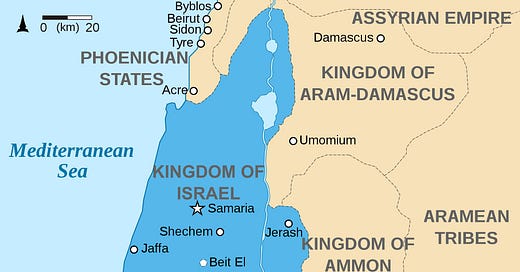



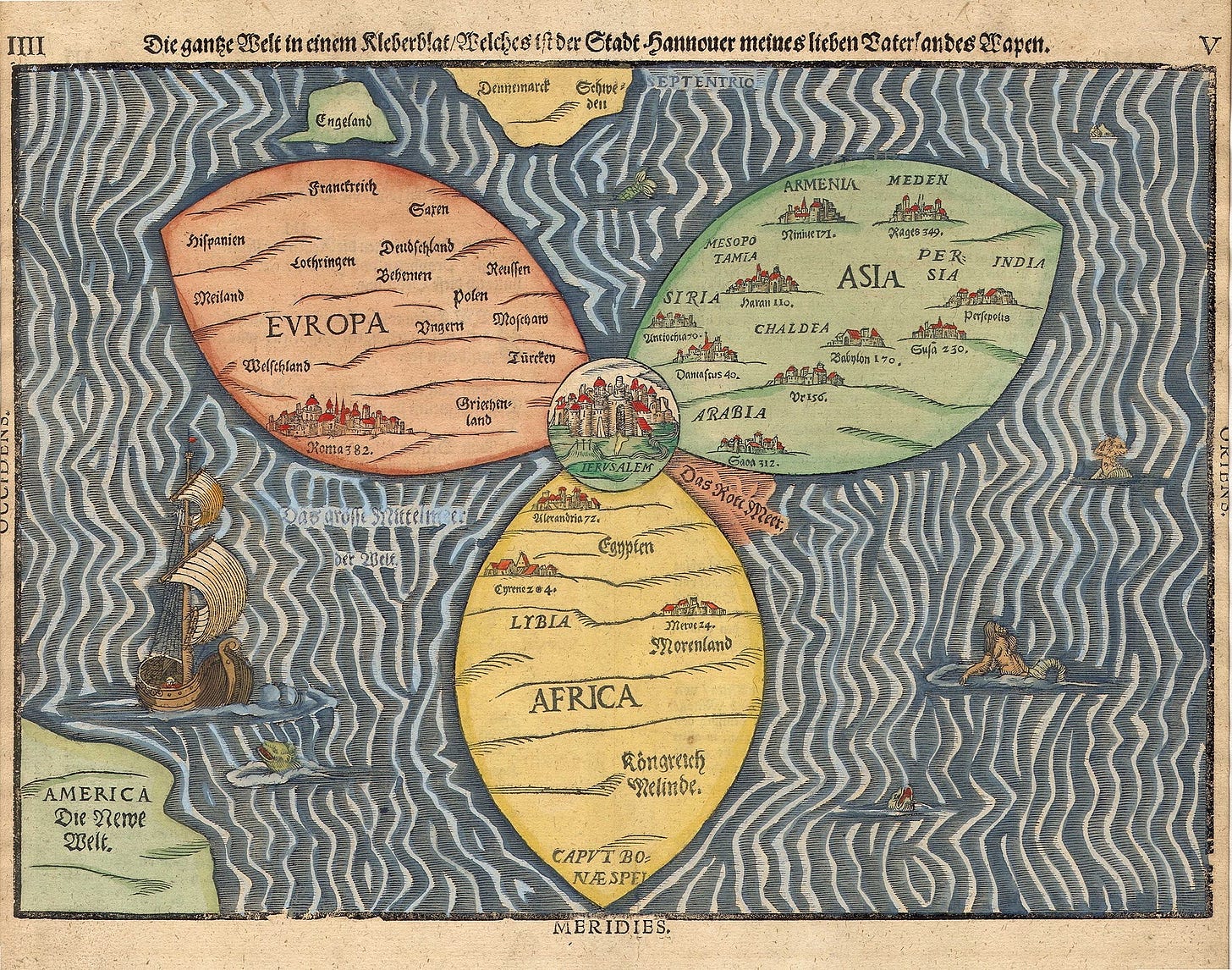
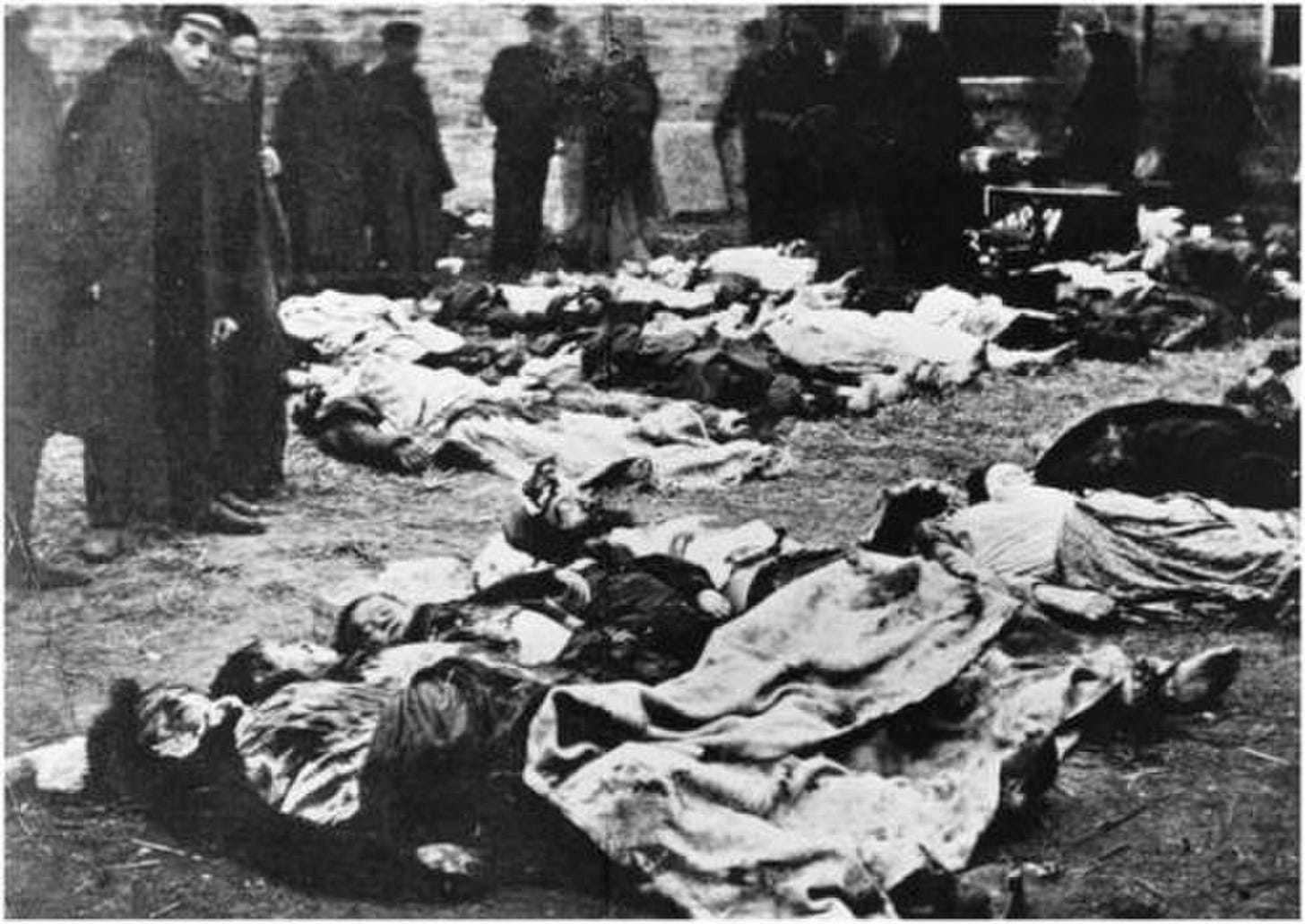
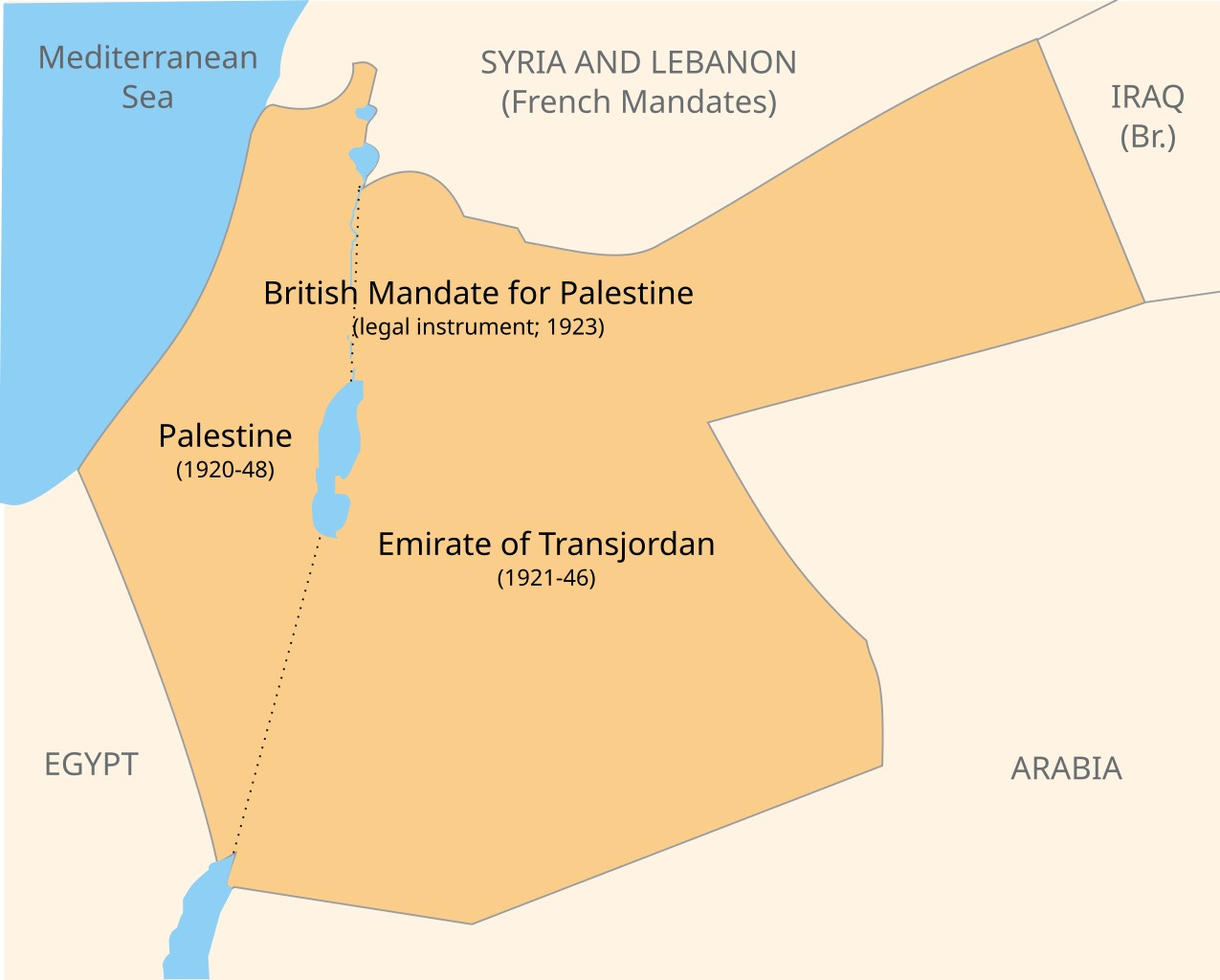
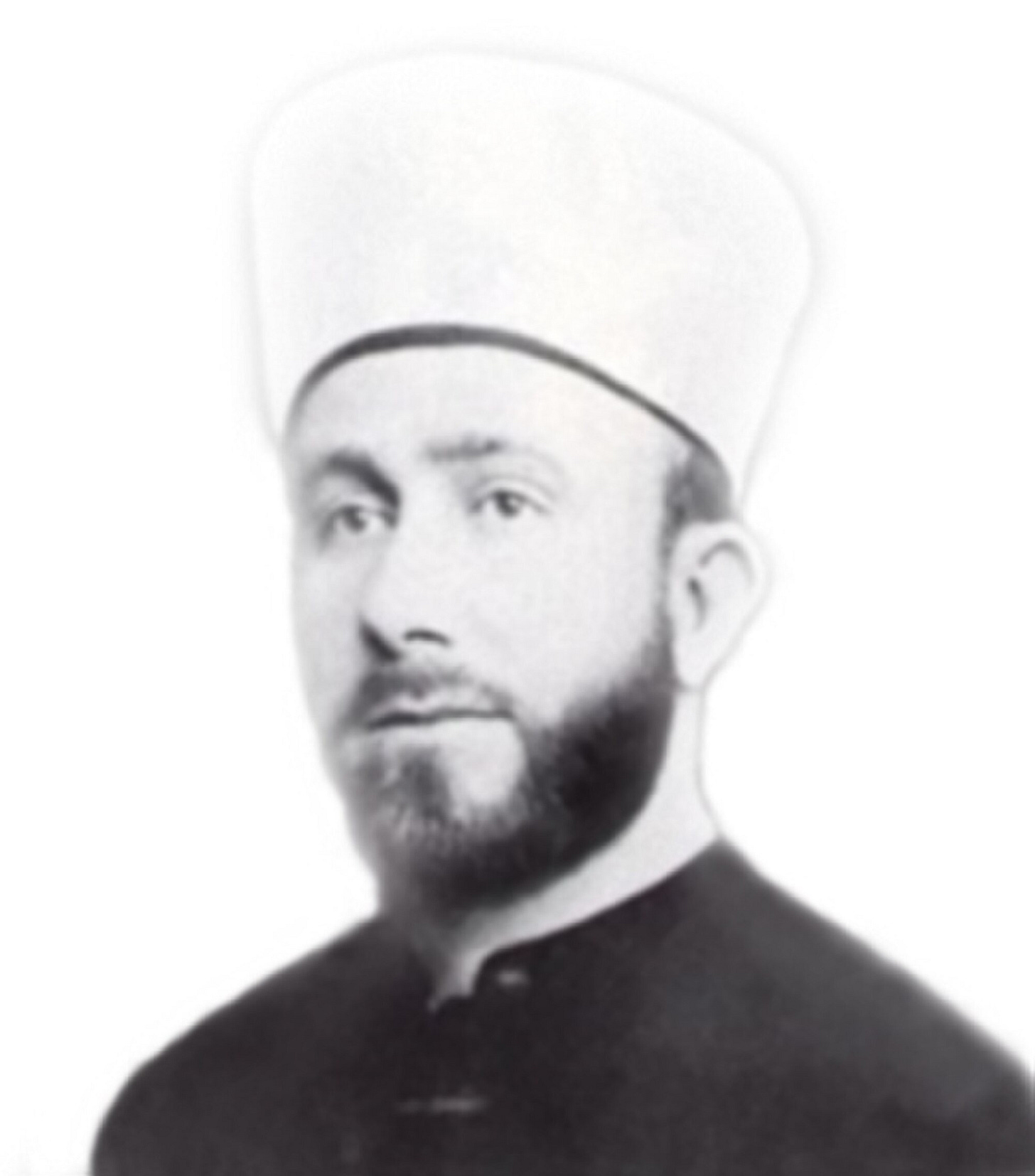
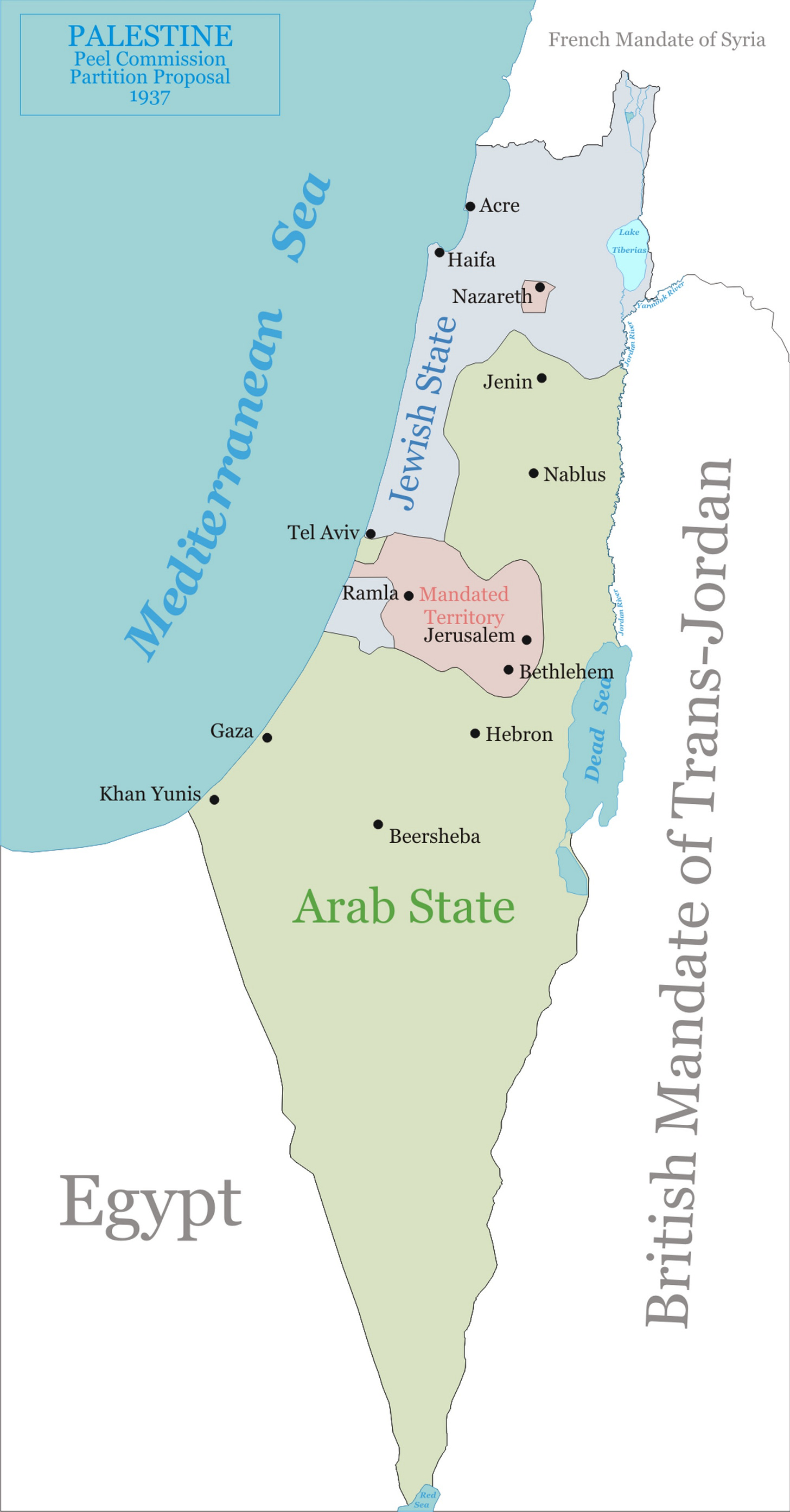
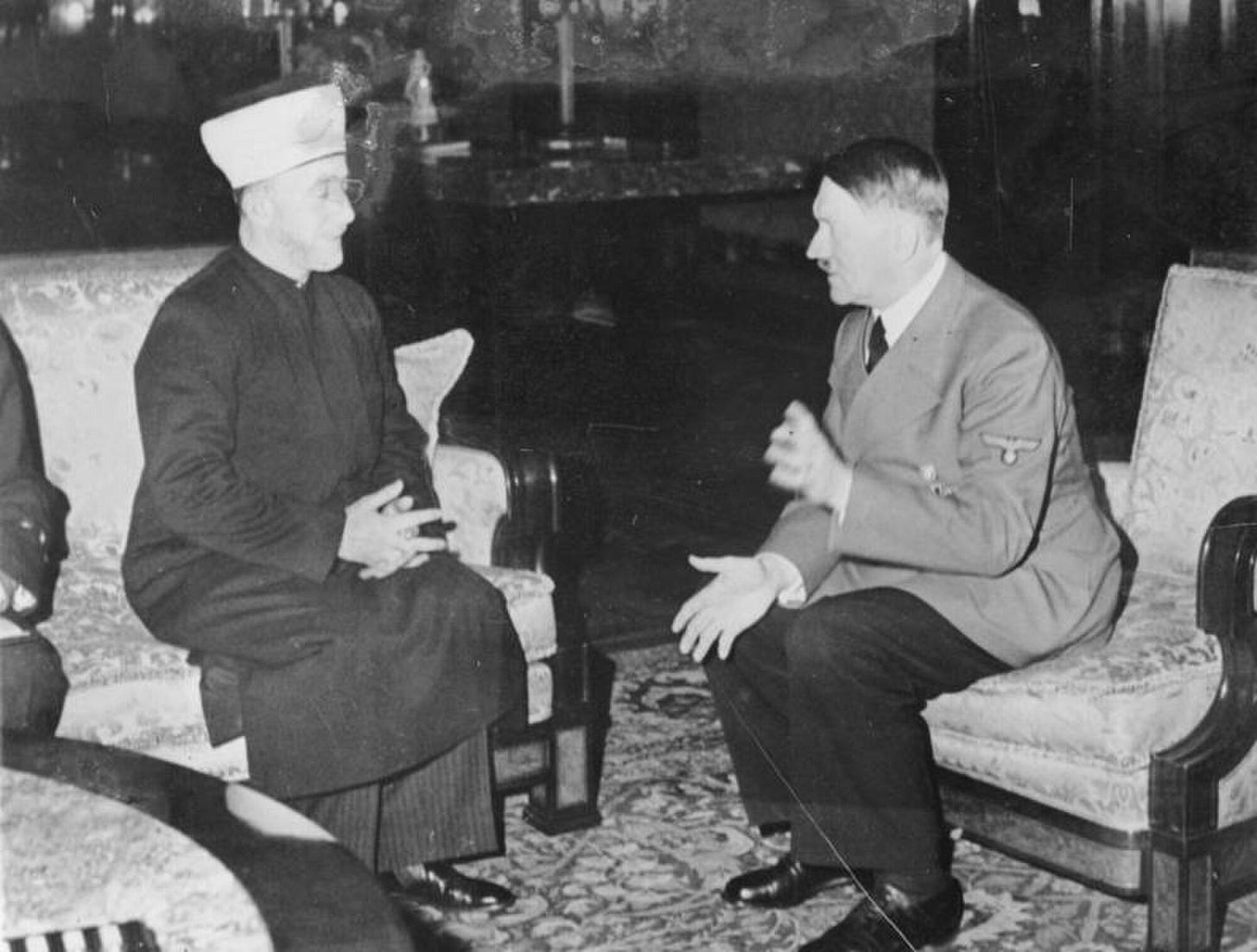
Nice and punchy way to pack a lot of history into a short post.
Yuppers! Another thoughtful and well researched piece. This is only Part one so it's clear the following will build on this first piece and be of equal or more significant effect.